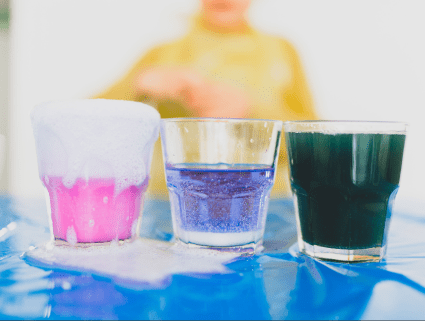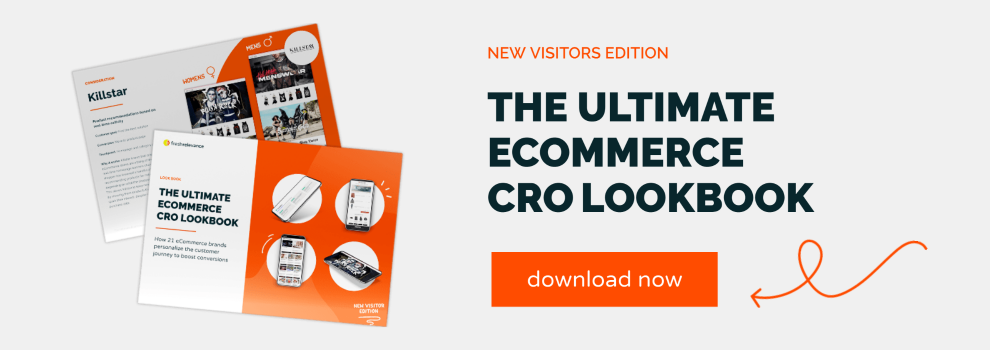The 5 conversion rate optimization tactics for eCommerce we shared in the previous post of our conversion rate optimization blog series are a solid starting point on your journey to boosting conversions. But it’s not a case of set and forget. After all, you wouldn’t throw your map out of the car window halfway through your journey and hope to make it to your destination. So while implementing these conversion optimization strategy tactics will help you convert more shoppers into customers, it’s the monitoring, testing and fine-tuning that will really turn your website into a well-oiled conversion machine.
In this installment of our conversion rate optimization (CRO) blog series, we’ll take a look at how you can use A/B testing to take your conversion rate optimization strategies to the next level within your digital marketing strategy, with 5 A/B tests to get you started.
What is A/B testing?
A/B testing is the process of comparing the effectiveness of different types of content, recommendations, notifications, overlays, and more against defined goals to see which one performs better. Also known as split testing, A/B testing lets you test different variations of one element.
Based on the conversion-boosting tactics we talked about in the previous post of the series, here are 5 A/B tests to maximize your conversion rates.
5 A/B tests to boost your conversions
1) Product recommendations
If you’ve been doing your CRO homework, you’ll already know that product recommendations are a CRO staple, proven to boost sales by up to 11%. But with lots of different types of recommendations to choose from, it’s vital to test which one works best for your website.
Start with your homepage and test which recommendations help you reduce bounce rate and keep your website visitors browsing, for example bestsellers vs. new arrivals. Showcasing your bestsellers is a great way to give your customers a helping hand with their purchase decision, moving them onto your product pages and through the customer journey and conversion funnel by harnessing wisdom of the crowd. New arrivals, on the other hand, help website visitors make a decision by playing to our built-in expectation that something new must be better than what came before. They are both effective types of product recommendations but one might be a particularly effective conversion optimization strategy for your website. This could be because of your sector, products or how your customers like to shop. Whatever the reason, it is essential to find out what works best for you.
Total Fishing Tackle displays popular items on their homepage, while Surfdome showcases new arrivals.
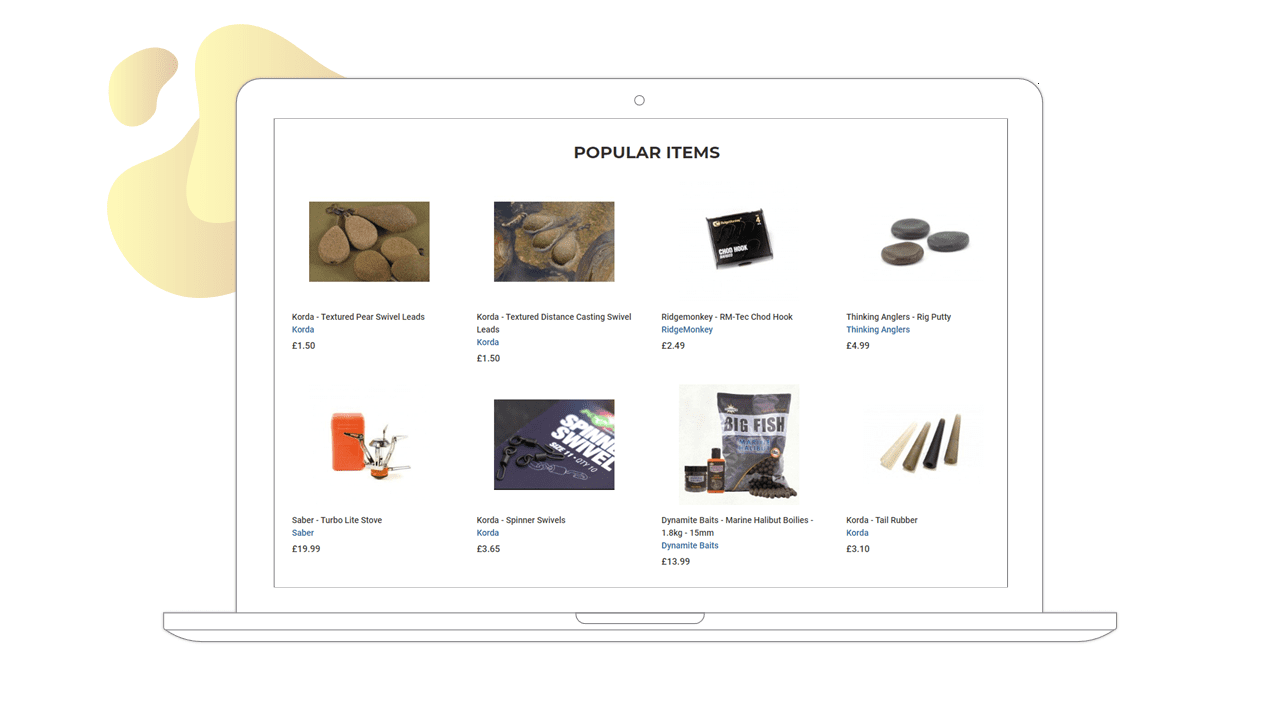
Source: total-fishing-tackle.com
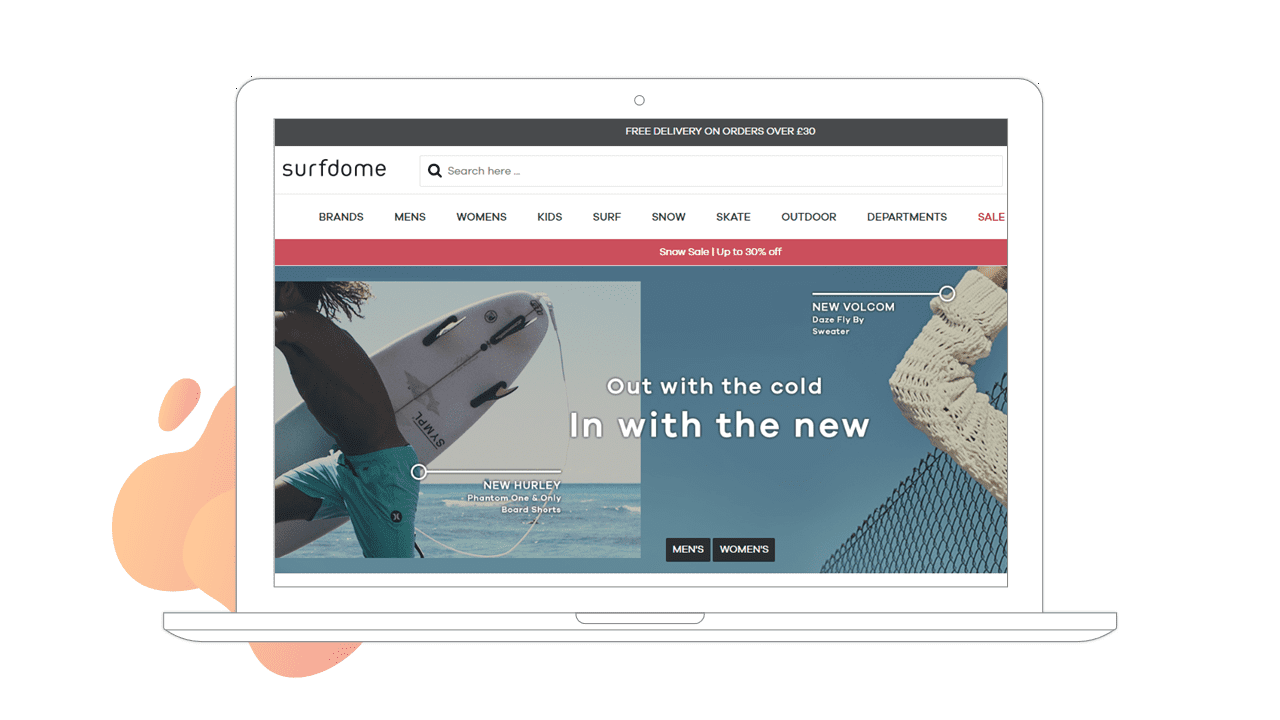
Source: surfdome.com
2) Dynamic banners
In the previous post, we talked about the value of making your hero banner dynamic, showing each target market the content that’s most likely to spark their interest, such as location-specific content or frequently purchased products. Ramp up the relevancy by testing which images resonate most with your shoppers. Research shows that it only takes around 50 millisecondsfor site visitors to form an impression of your website. That fun fact combined with the brain’s ability to process visuals 60,000 times faster than text means testing your hero banner image is not a nice-to-have, it’s essential.
Try comparing the performance of product hero banners (an image that displays the product by itself or in action) or contextual hero banners (a complementary image that provides context or support for your product offering).
In the examples below, Viovet uses product imagery in their hero banner while The Diamond Store displays an image of a couple on the beach, evoking associations of engagement rings and gifts for loved ones.
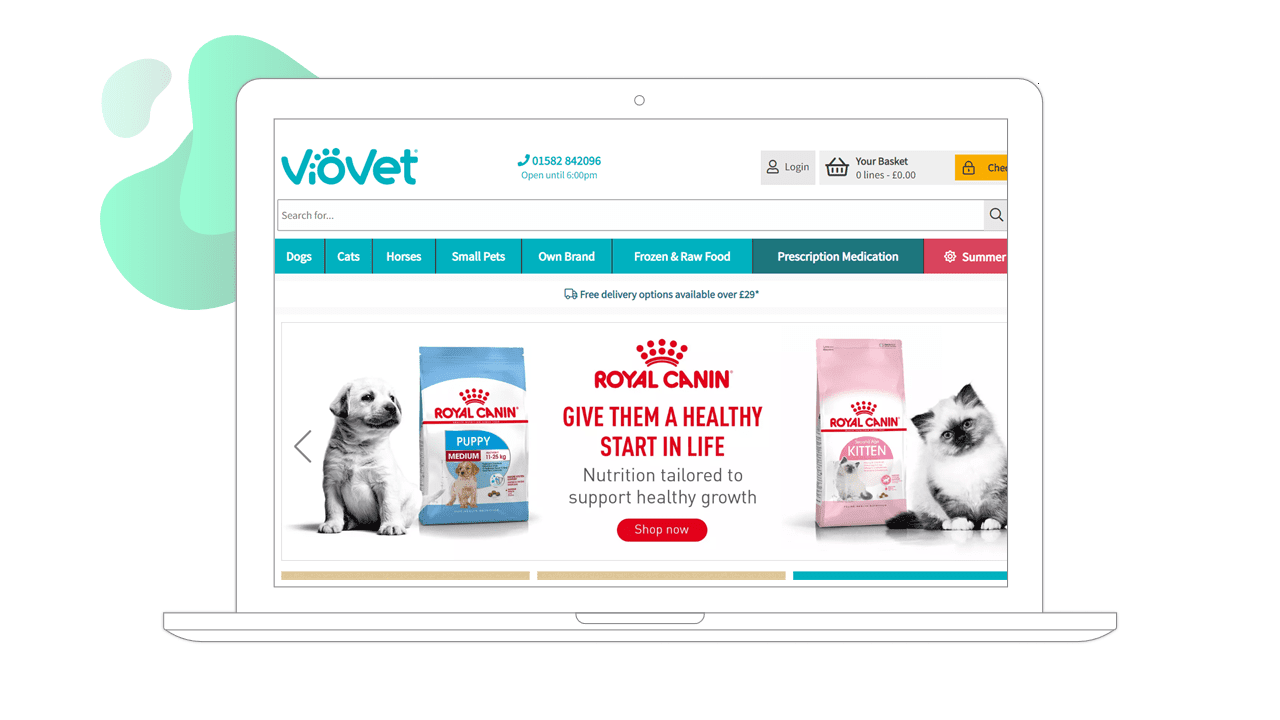
Source: viovet.co.uk
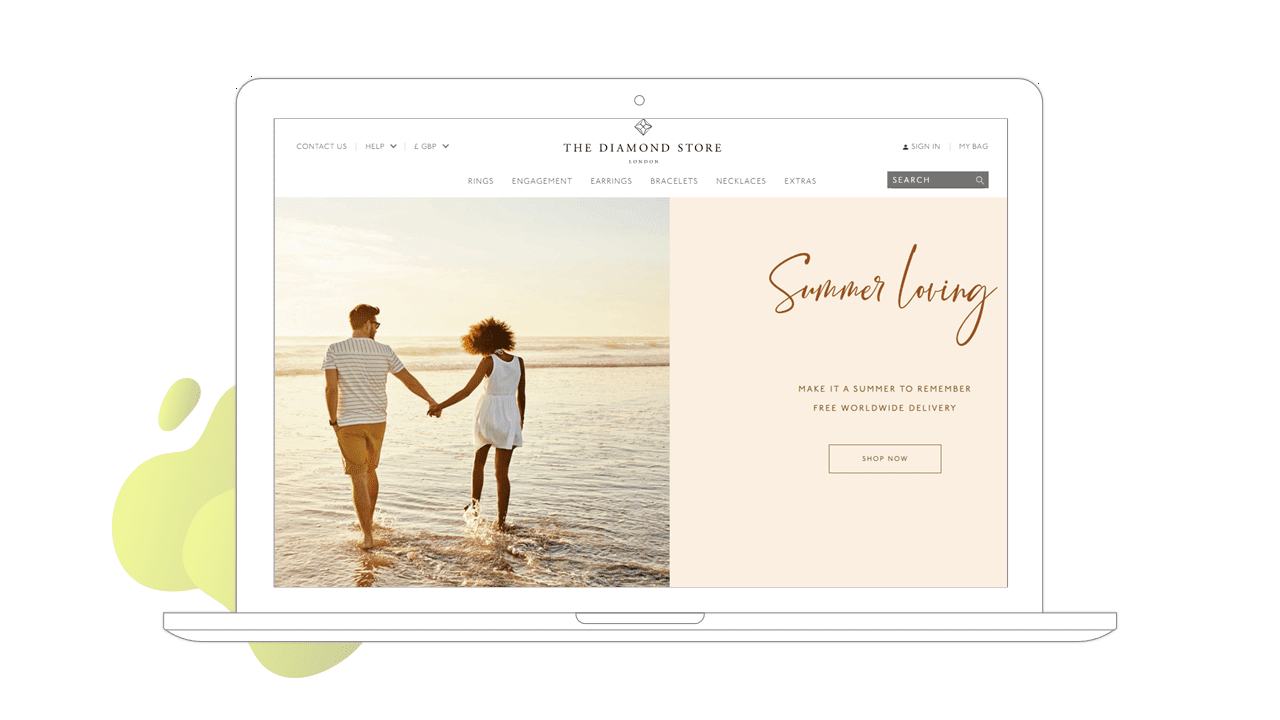
Source: thediamondstore.co.uk
3) Social proof
Social proof describes the various ways marketers can boost conversions by reassuring customers that they are buying the right product. These include ratings and reviews, customer testimonials, and scarcity messaging. With one in three consumers saying they won’t purchase from an online store if they don’t display product ratings and reviews, it’s a marketing tactic that’s worth taking seriously.
Social proof comes in many different forms, so it’s important to find out the best way to earn trust from your website visitors by testing different types of social proof on your website. In the previous post we looked at tactics such as adding product ratings and reviews on product pages, as well as user generated content to help shoppers imagine how the products will fit into their lives. We also talked about increasing urgency and FOMO with popularity messaging to show how many other shoppers are looking at or carting a particular product right now. Try testing each of these social proof types on your product pages to identify what resonates with your target audience and converts more shoppers into customers, boosting your conversion rates.
American Golf includes popularity messaging on their product pages to encourage shoppers to add the item to their cart.
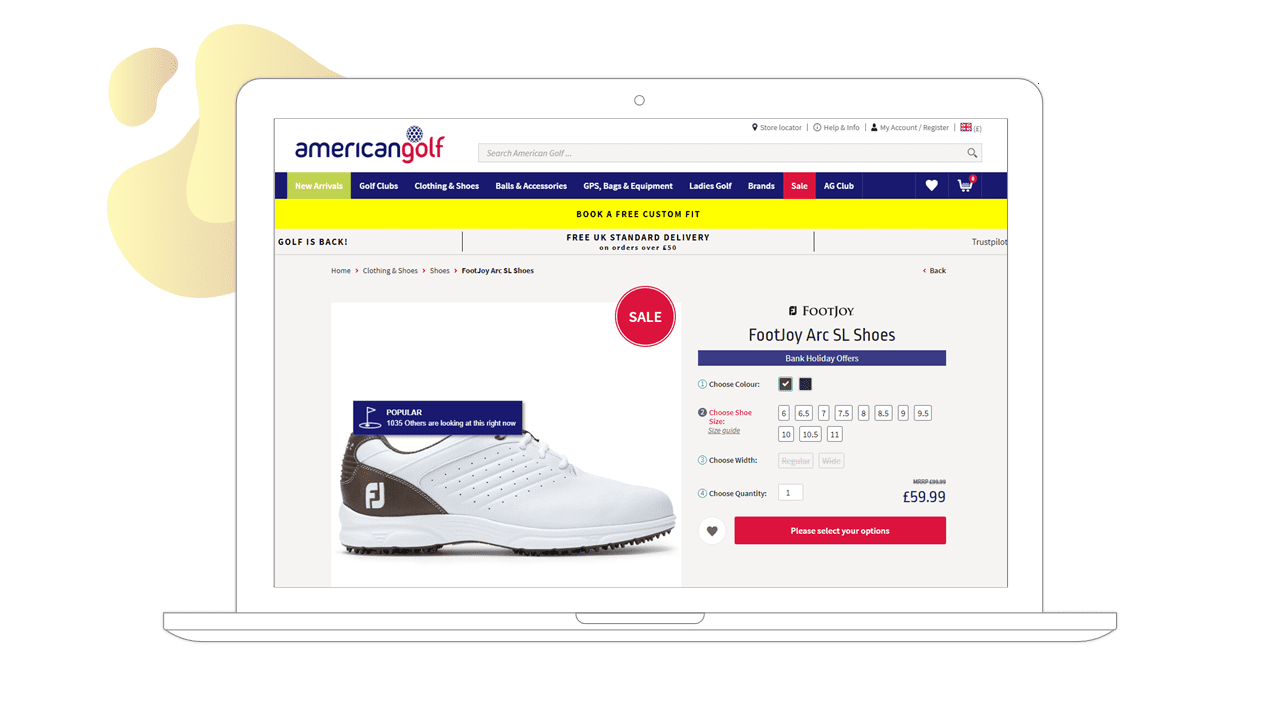
Source: americangolf.co.uk
4) Countdown timers
Countdown timers are a great way to build excitement and let visitors know about important dates, boosting conversion rates by driving urgency. And there’s powerful psychology behind the impact of creating urgency in marketing. When an item is thought to be in short supply, we consider it to be more desirable than the same item in abundance.
But are countdown timers the right approach for your specific product offering or customer base? If you’re unsure and are hesitant to add them to your website, it’s time to start testing. A/B test the same creative – one with a countdown timer added and one without, and measure the impact on conversions.
Molton Brown generates excitement around their new, exclusive range of products.
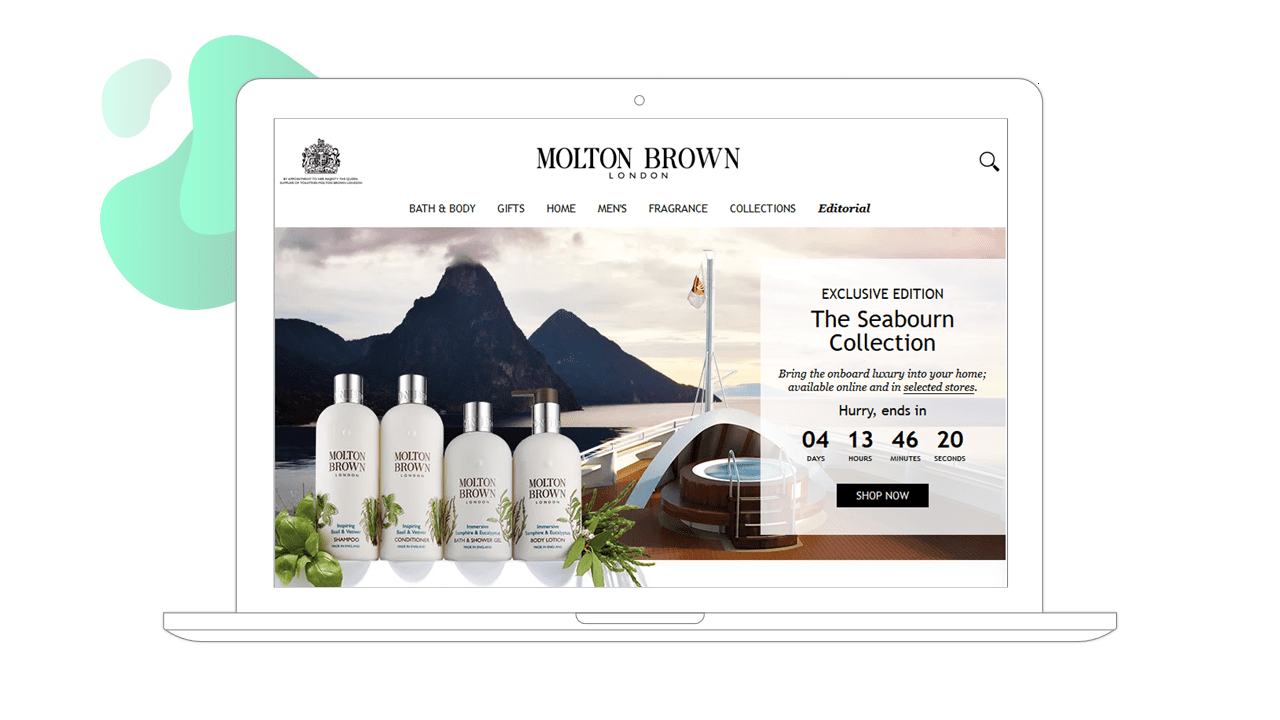
Source: moltonbrown.co.uk
5) Data capture
We can all agree that data capture is a key component of conversion rate optimization. But not all methods of data capture are created equal, and their conversion-boosting capabilities depend a lot on timing and location.
One Fresh Relevance A/B test found that forms in the footer of a webpage resulted in a 4% higher bounce rate compared to popovers. Another test revealed that popovers appearing after 30 seconds on a webpage resulted in more sign ups than popovers appearing after 60 seconds. Try conducting the same tests on your website to find the highest converting method for you.
Feel Good Contacts generated over 10,000 additional registrations in the first month alone of using targeted data capture popovers.
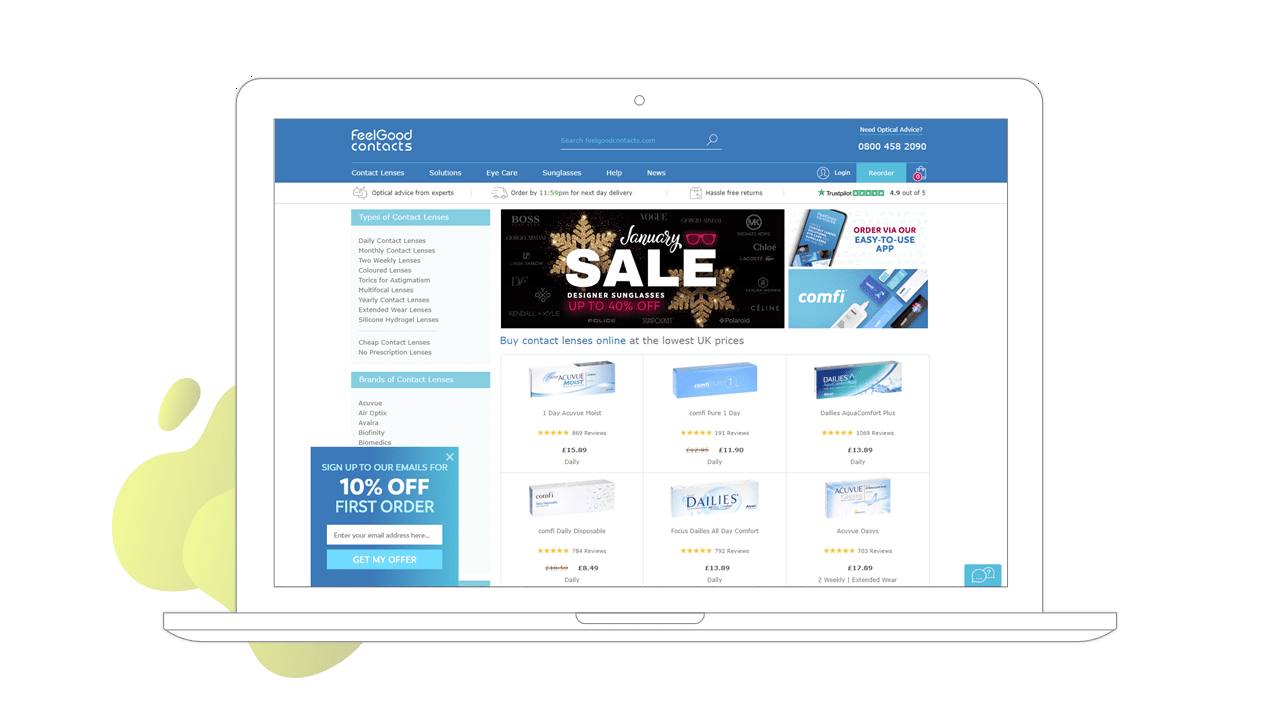
Source: feelgoodcontacts.com
If you’re looking for ways to continuously improve your conversion rate on your website, A/B testing is crucial. Work through our five tests and read through the other blog posts in our conversion rate optimization series to gather all the conversion rate optimization tools that you need to be successful.
The 4 benefits of conversion rate optimization
5 conversion rate optimization tactics for eCommerce
Beyond traditional A/B tests
There are several problems with traditional A/B tests. Firstly, it takes time and experience to run effective A/B tests, which often require some manual interpretation and deployment of the ‘winner’.
Secondly, the time it takes for a traditional A/B test to run to significance, to review the results and to deploy the winner can result in lost revenue.
Lastly, the winner may change over time depending on the influencing factors.
Fresh Relevance’s automatic optimization functionality is a smart way to take your testing further and save precious time. Instead of analysing results at the end of a test and manually implementing the winning variation, our automatic optimization empowers you to try out several versions of your content and automatically deploy the best performing one towards the goals you set (such as conversion rate increase).
With Fresh Relevance, you can also automatically end A/B tests on a set date or number of impressions and display the variant that generated the most revenue.
Book a demo to learn more about taking your testing and optimization further with Fresh Relevance.


